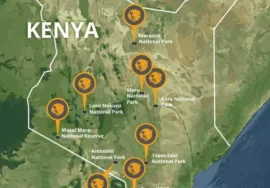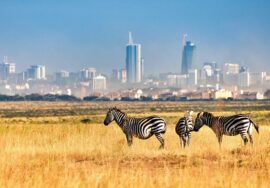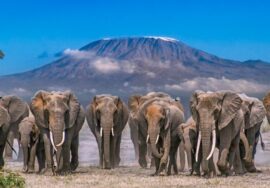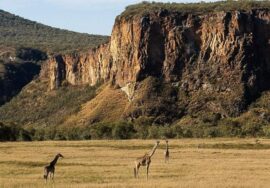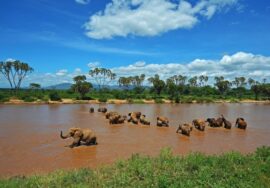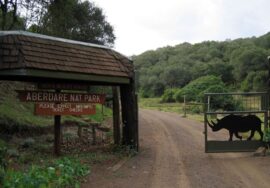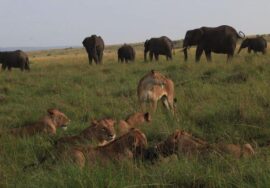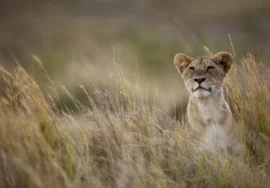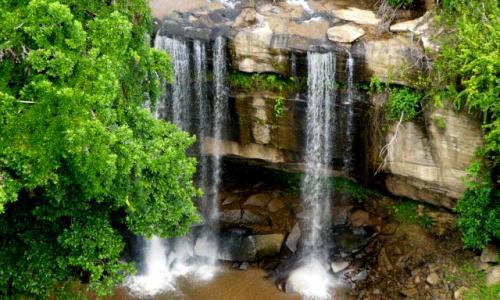
SHIMBA HILLS NATIONAL RESERVE
SHIMBA HILLS NATIONAL RESERVE, It is one of the biggest coastal jungles in Africa, so everything about Shimba Hills National Reserve is a surprise. This small reserve of woodland and thick green forest is close to the sunny coast of Kenya. Offshore breezes keep safari-goers cool. Finally, there is the strange animal life.
Around 700 elephants live in Shimba Hills, making it the area with the most African elephants in the country. But just as surprising are the park’s unusually high numbers of sable antelope, a beautiful animal that can’t be found in any other Kenyan park.
Since it’s a jungle, you’ll see a lot of different kinds of birds, butterflies, and bigger animals like buffalo, Masai giraffes, monkeys, impala, waterbuck, and sometimes even leopards.
The animals that live in Shimba Hills Forest
You’re sure to see some of the elephants that live in this small park. Because there are so many of them, a refuge was set up nearby so that the elephants could find new places to eat. There are also about 100 big-horned sable deer in the park. This is the only place in Kenya where you can see them.
There may not be any big cats in Africa here, but you might see serval, genet, or civet cats, as well as other small animals like mongooses. As you might expect in a rainforest, there are a lot of birds—over 230 kinds. Look for guinea-fowl, fish eagles, falcons, hornbills, and African hawks in the thick forests and woods.
A very strange place to be
The park is easy to get to from the coast of Kenya. It is 400 m (1312 ft) above sea level and is close to Mombasa and Diani Beach. It is a cool, sometimes misty place to get away. As befits a jungle, Shimba Hills is a refreshing place to hike with lots of waterfalls and plants. Many of Kenya’s rarest species, like endangered cycads and orchids, can be found here.
Things to Do and See in Shimba Hills National Reserve That Are the Best
You can find Sheldrick Falls at the end of a light walking tour. It’s a beautiful 21 m (60 ft) waterfall. With its vines and other plants, this is a great place for a picnic. Take a swim in the natural pool and look around for bugs, birds, and other small species.
Walking safaris: The park has lots of flat, easy-to-use hiking trails and small hills that are great for families with kids of all ages. You’ll easily be able to see bigger animals like giraffes and elephants because the weather is warm.
Unique Sable Antelope—You can only find these beautiful animals in this one park.
Elephant Hill is a great spot to see the area from above. As you look out over the ocean, you’ll be able to see elephants and other animals in the park. The guards will show you how to get here.
Birdwatching: The Marere Dam is a great place to see many bird types in the park. It’s also a good place to see many larger animals.
Look at the Shimba Hills National Reserve.
With an area of 320 square kilometers (123 square miles), it is one of Kenya’s small parks. It is an equatorial jungle where breezes from the ocean keep it cooler.
Where Are Shimba Hills?
The park is only 30 km (18 mi) from Mombasa, which is a city on the coast. It’s easy to do a one-day tour from the beach because it’s so close.
The weather in Shimba Hills
The weather is muggy and misty, which is different from the hot and sunny coast. Around 240C (750F) is what you can expect.
When to Visit Shimba Hills
The park is always open, every day of the year.
When to Go to Shimba Hills At Its Best
As with most parks, the best time to see wildlife is from June to October, when it’s not raining. As a jungle, it rains a little bit every month, but it rains the most in April and May and again in November.
The best way to get to Shimba Hills
Safari Trips to Kenya lets you book a trip. It will be a style trip because the 4×4 safari Jeep is specially equipped for it.

